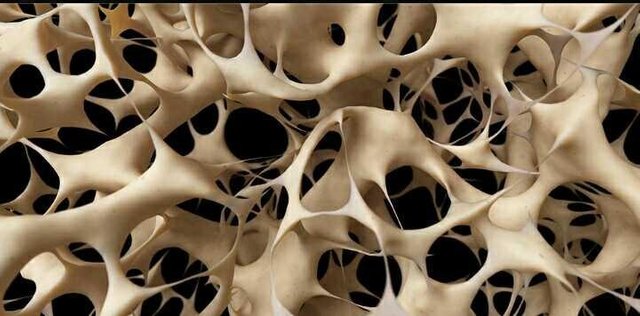Causes of Osteoporosis by Sex

Changes in hormone levels can affect bone density. In women, hormonestrogen is needed to maintain bone health. But what happens after menopause is a decrease in estrogen levels in the body which also resulted in a dramatic decrease in bone density. This results in women being more at risk of osteoporosis than men, especially if they have the following conditions:
Not having a long menstrual cycle (more than six months) due to exercise or an excessive diet.
Experiencing early menopause (before age 45).
Underwent hysterectomy (surgical removal of the uterus) before the age of 45, especially if both ovaries are also removed.
The effect of hormone on male osteoporosis is not as significant in women. However, it is thought that there remains a connection between osteoporosis and the hormone testosterone that helps keep bones strong. This is indicated by an increased risk of osteoporosis in men with low testosterone levels although men continue to produce testosterone to old age.
In half the cases of male patients, the cause of osteoporosis is not known with certainty, while half may be caused by:
Consume excessive liquor.
Consumption of drugs such as glucocorticoids or steroid drugs for more than three months.
Conditions that cause testosterone levels lower than normal levels (hypogonadism).
Gland Disease That Can Trigger Osteoporosis
The process of bone regeneration is influenced by many hormones, so if you have a disorder in the hormone gland, you may be at higher risk of osteoporosis. Here are some glandular diseases that can trigger osteoporosis:
Disorders of the adrenal glands, such as Cushing's syndrome.
Disorders of the pituitary gland.
Overactive thyroid gland (hyperthyroidism).
Overactive parathyroid glands (hyperparathyroidism).
Reduced levels of sex hormones (estrogen and testosterone).
Factors Cause Increased Risk of Osteoporosis
Here are some factors that can increase the risk of developing osteoporosis and bone fractures:
Body mass index is below or equal to 19.
Patients with food disorders such as anorexia and bulimia.
Excessive alcohol consumption.
Smoke
History of parents who have experienced a fracture of the hip or osteoporosis.
Asian or Caucasian
Smaller body size results in reduced bone mass levels that affect bone density with age.
One who has gone through a gastrointestinal surgery that causes a decrease in abdominal size as well as calcium uptake.
Consumption deficiency
Malabsorption is the inability of the intestines to absorb nutrients in food, as in Celiac disease and Crohn's disease.
Drugs consumed, especially those that affect hormone levels such as prostate cancer treatment and corticosteroid drug use.
Not exercising or inactive for long periods of time.